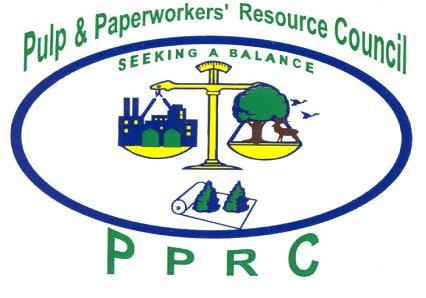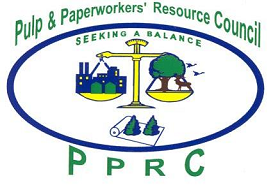By Leeann Foster & Heidi Brock
June 25, 2020 at 5:00 am ET
In recent months, the COVID-19 pandemic shed light on the essential workers that care for us, manufacture everyday products, restock our shelves and deliver necessities in corrugated boxes to our doorstep.
For the paper and wood products industry, this meant a laser focus from the news media on tissue production. Tissue products are just one of many significant stories in the industry’s importance to the overall supply chain. Manufacturing facilities across the country are producing paper food containers, copy paper, shipping boxes, PPE for hospitals and more – all while setting the standard for sustainable manufacturing.
Yet the United States’ widely debated energy policy has made it difficult for U.S. paper producers to plan for the future and retain a competitive edge. An important step toward protecting these domestic jobs is definitively designating wood biomass energy as carbon neutral, as it has been elsewhere around the world.
On average, about two-thirds of the energy used to make paper comes from biomass rather than fossil fuels. In fact, the forest products industry is the largest producer and user of bioenergy of any industrial sector.
Until our bioenergy is designated as carbon neutral, it will be subject to cumbersome regulations and permit processes and can’t be counted on as a fuel of the future. When federal policymakers waffle on the issue of biomass energy, it becomes difficult for domestic companies to compete globally or plan for investments in existing and future facilities, putting the U.S. industry at a disadvantage.
This hurts us all, as domestic papermaking is among the most sustainable, environmentally friendly industries, and efforts to reduce greenhouse gas emissions from manufacturing processes are an inherent part of the industry’s environmental stewardship.
Domestic paper facilities help ensure that more trees are replanted than harvested each year, and in the United States alone, forests and forest products stored enough carbon in 2018 to offset more than 12 percent of the nation’s total CO2 emissions.
Domestic paper producers are also diligent that no part of the tree goes to waste. From the top of the tree to the base, every part is used. And, the byproducts that can’t be used to make paper and packaging – branches, bark and liquid biofuel – are used to efficiently generate bioenergy to power the mills.
If domestic paper mills did not harness bioenergy from the residuals of their manufacturing process to displace fossil fuels, that biomass would decay and release much more carbon and methane into the atmosphere. This is equivalent to removing about 35 million cars from the road. In some cases, the ability of mills to sell this clean energy back to the grid kept these facilities operating when demand for product dipped, which ensured those essential jobs stayed in place.
Repeated studies, agencies, institutions, legislation and rules around the world – in addition to 100 forestry scientists – recognize the carbon neutrality of biomass harvested from sustainably-managed forests.
In the meantime, approximately 950,000 American workers, many of whom are members of the United Steelworkers union, face an uncertain future.
At a time when tens of millions of Americans are out of work, we cannot afford to concede these good-paying, family-sustaining jobs. On average, paper workers earned 24 percent more than the national average of all non-farm private sector employees, and many of these facilities are located in small, rural communities where papermaking forms the backbone of the local economy.
The U.S. Congress, last December, once again stated its intent that long-term federal regulatory policy should reflect the carbon neutrality of forest-based biomass in domestic spending legislation, as it has done for the past four years. Workers and their families now urgently need the Environmental Protection Agency to advance a long-awaited policy that acknowledges the carbon neutrality of biomass, and the role it plays in providing significant greenhouse gas reduction benefits to the environment.
A clear, science-based approach will promote the efficient and responsible use of domestic natural resources in the manufacturing of paper products and level the playing field for the industry. This, in turn, will help preserve both good jobs and a clean environment.
Leeann Foster is international vice president of the United Steelworkers overseeing the paper sector, and Heidi Brock is president and CEO of the American Forest & Paper Association.



Leave a Reply